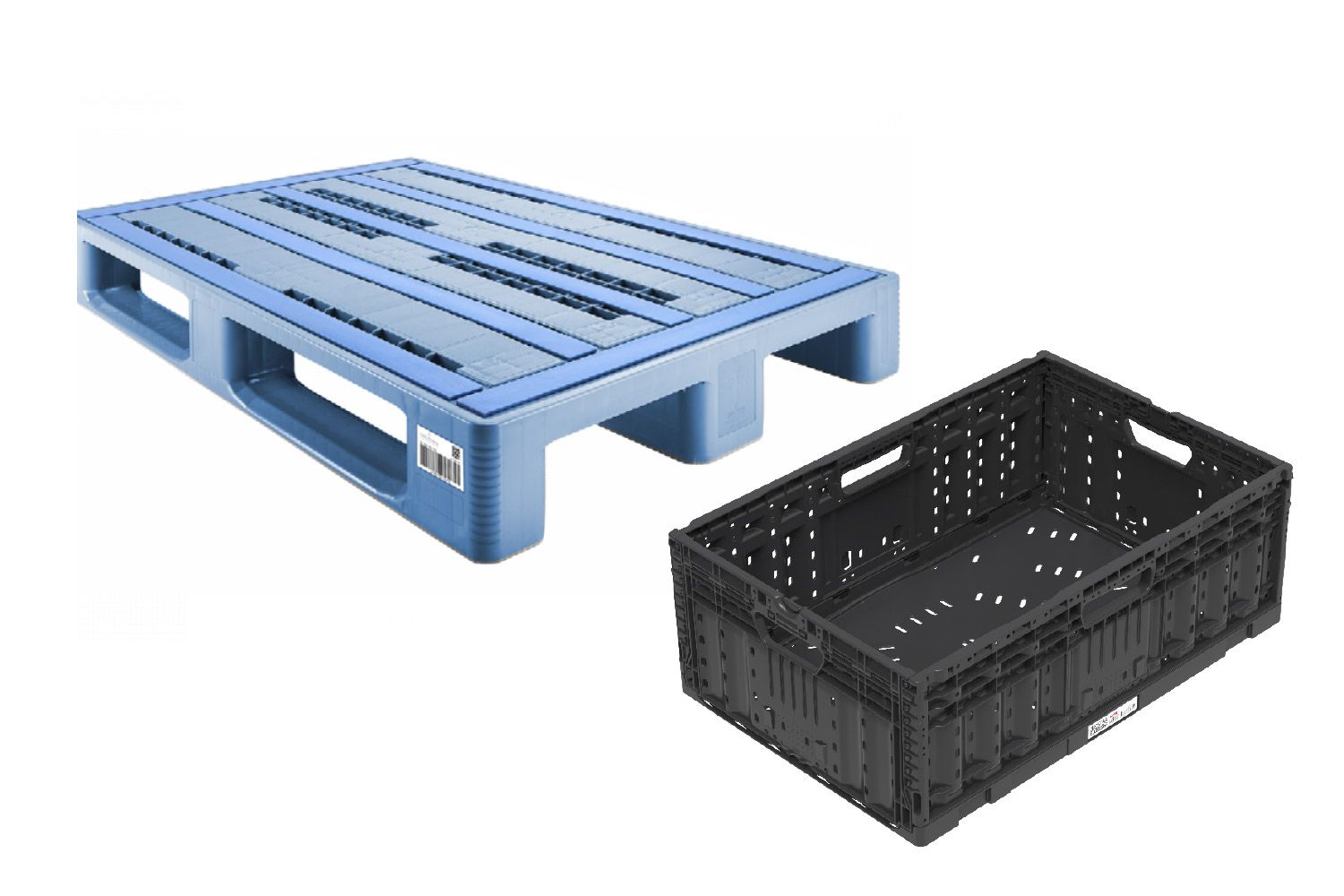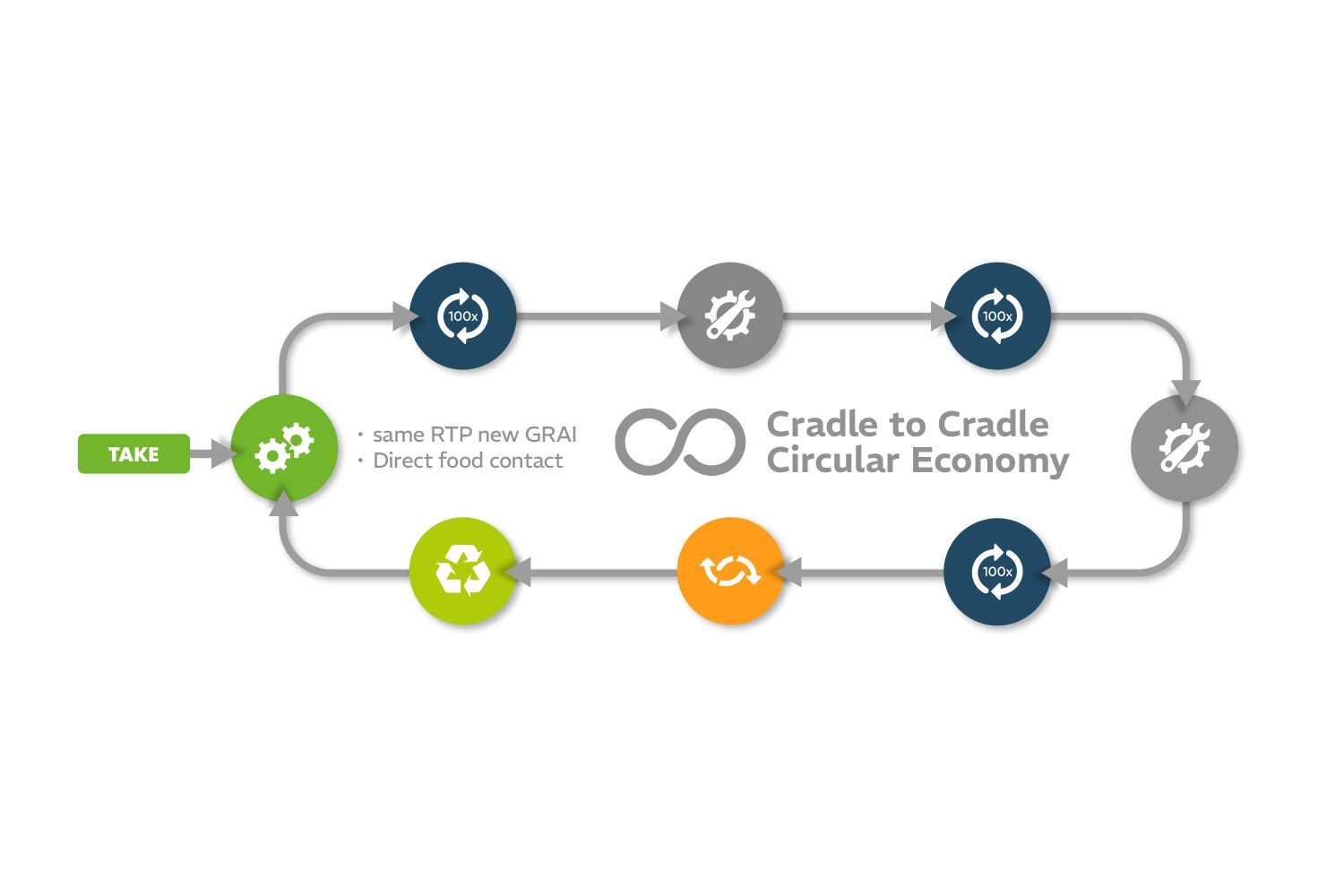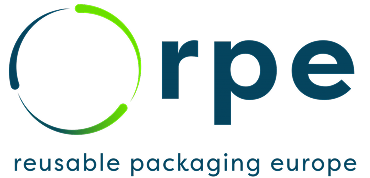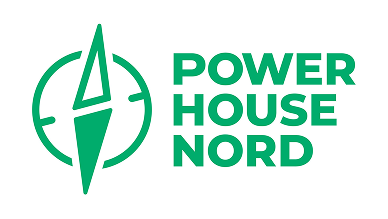Frequently asked questions

Reusable transport packaging (e.g. pallets, containers or large boxes) are durable solutions that can be reused approx. 50 – 100 times. They are made of robust material such as plastic or metal and are part of an organised return system (pooling).
This packaging is used in various industries – from food and pharmaceuticals to automotive and agriculture.

A pooling service provider offers companies the containers or pallets for rent instead of purchase. It also guarantees the return, cleaning and repair of the assets. Smart labels such as RFID or data matrix codes enable the tracking of cycles.
This allows companies to benefit from several advantages: No capital is tied up, storage costs are minimised and automatic cycle management is ensured. Seasonal peaks can also be covered effortlessly.

- Cost reduction: Lower costs per cycle than disposable (from ~6 uses, depending on packaging type)
- Process efficiency: standardised dimensions optimise storage and transport capacities
- Compliance: fulfilment of the EU packaging regulation (PPWR) from 2030
- Sustainability reporting: documentable CO₂ reduction for ESG targets

Specifically for transport packaging, a minimum share of 30% reusable packaging is required by 2030; this quota will then increase further until 2040.
The PPWR also calls for documentation and return obligations that go beyond proof of circulation figures (e.g., via RFID tracking), digital product passports, and reporting obligations to national authorities. Another important point is extended producer responsibility (EPR), which obliges producers to contribute to recycling costs.
A minimum shelf life of a few cycles for plastic packaging must also be guaranteed – the exact number of cycles has yet to be defined.






